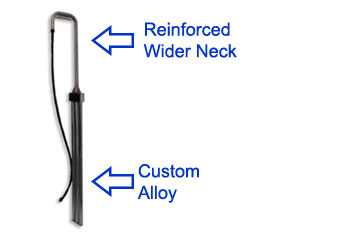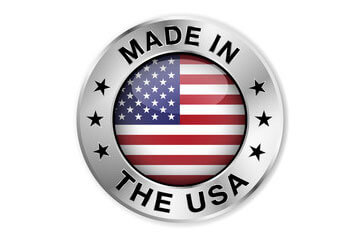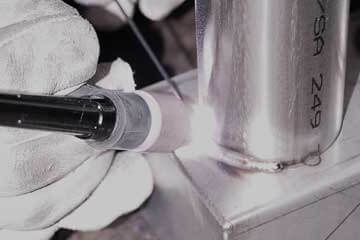🇺🇸USA Mfg heaters! ⭐️ All parts & materials are made in America– ready to ship 🚛
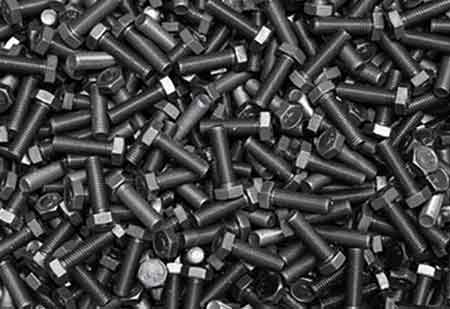
Phosphate Coating Problems & Process Heating for Zinc Phosphating
Author: Skip Schaefer
In my 51 years of heating aqueous based chemical solutions, heating phosphates is the toughest without a doubt. And we're not talking about historical Parkerizing a gun. Most quality metal finishers dip the metal into a hot bath, rather than spray the phosphate coating.
And zinc phosphating coatings are the preferred finish.
What Is Phospating?
Phosphate coating is a crystalline coating applied on the outside of ferrous metals to inhibit corrosion. The phosphating is usually gray to black color on the surface. In nearly all applications, the black phosphate coating is followed by oil coating (P & O) or a corrosion inhibitor, like zinc or manganese, to improve its rusting and anti-galling properties.
Usually the phosphate coating is the primer where additional coatings or sealers are applied to the final product: like zinc, paint or oil finish.
A phosphate coating is applied by spraying or by an immersion. The dipped bath in a heated solution is preffered and best. The crystalline phosphorus is coated on the surface item, forming a barrier of protection.
Phosphating is the process of covering a surface with iron phosphate coating. It's defined as a pretreatment method for corrosion protection. Meaning phosphating on metal reacts chemically to provide an insoluble crstalline layer.
Zinc phosphating process or zincphosphate coating is extremely popular due to it's corrision resistance.
The weight of the phosphate coating should be determined by a standard specification:
- Choose a phosphated item (about 5 cm x 10 cm), then degrease in trichloroethylene or clean mineral spirits. Dry the item and cool to room temperature.
- Weigh it to the nearest 0.1 mg and measure as "X grams"
- Dip item in hydrochloric acid about 5 minutes to dissolve the coating. Rinse in running water and then dry for 10 minutes
- Now measuring the item again to nearest 0.1 mg. This weight shall be recorded as "Y grams".
- The thickness is measured by coating weight formula:
Where X = initial weight in g, and Y = final weight in g.
X - Y = ___ grams of phosphate coating weight
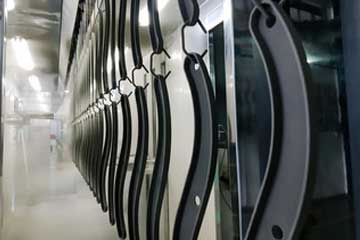
Help With Coating Problems
Problems usually arise during the various metal finishing steps:
- Cleaning the surface and DI Rinsing
- Surface activation like an acid pickling, then DI Rinsing
- Phosphating
- DI Rinsing and optional Neutralizing Rinse
- Drying
- Applying additional coatings, sealers, oil, or other corrosion inhibitors
Lack of Phosphate Crystal Growth
The temperature of the phosphate solution, insufficient accelerator, poor pre-cleaning, and insufficient processing time in the hot phosphate bath is most likely to effect phosphate crystal growth. Be sure to measure the coating weight, see MIL-DTL-16232G PDF.
Acid Pickling Issues
If you find rust spots, usually red or dark brown it's typically cleaning issues. See if your pickling acid is effective. I suggest to improve the concentration, temperature or add agitation. And of course, rinse with lots of deionized clean water.
Some specs dont allow acid pickling. In this case use a alkaline derusting agent or abrasive blasting.
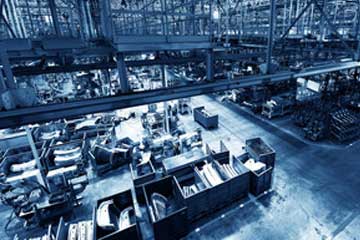
Process Systems & Heating Solutions
There are several ways to heat phosphates in the conversion coating process; I’m not going to list them in an order as to preference because each has its own pro and con.
- Double boiler tanks. This is a tank in a tank. Outer tank made of steel or stainless and the inner tank is 300 series stainless. The heating system is flanged heaters mounted on the outer tank. The design is critical because the inner tank wants to buoy out of the outer tank. So, tank structure is to be considered carefully. Use inhibited ethylene glycol if you use steel. You can also use heat transfer oil like Mobil 1.
- Another method is a stainless-steel tank with a directional box frame with directional flow plates with a SCH-80 pipe and pumping 275 F heat transfer fluid through 5 sides of the system. This is the strongest least maintenance design. Learn more about our phosphate coating equipment.
- Another method is a stainless tank with stainless steam coils/ hot water coils that is glycol and water heated or heat transfer oil. Have the coils goose neck risers bend at a 180º and use coupling to make the connection so you can remove the coil and clean it. If you go passed 1 ½” piping, switch to flanges with gaskets. If you think the baskets will destroy the stainless coils, weld on T bars to protect the coils.
- Electric immersion heaters in stainless tank, with electropolished sheaths and de-rated to 12-15 watts per square inch. These can be scraped and cleaned, but it must be about every 2 weeks.
- Another method is a ¼ thick (depending on the size), 316 stainless tanks with a stainless, with external strip heaters mounted to the outside, rated at 8 WSI or less. This tank has a 3”-4” insulation and then outer skin the fits under the lip so no moisture can enter. Usually designed for 4 hours heat up, once the temperature is attained, modulating the heat with an SCR is ideal.
- Another method is a Stainless tank with PTFE (fluoropolymer) heat exchangers where 20 PSI steam is passes around a ½ “tubing coils". Or with a set of PTFE coated immersion heaters, electric not gas. Yes, they still need to be cleaned by hand.
- Poly pro tank with Teflon coated heaters, is yet another method. Reinforcement and thickness of the tank are important.
Phospate Conversion Coating Types
Phosphate conversion coatings are used on steel parts for corrosion resistance, lubricity, or as a foundation for future coatings. If not done properly the base layer will not chemically bond with the protective coating. Phosphoric acid and phosphate salts are applied and chemically reacts with the surface of the part being coated to form a porous layer.
Besides steel, phosphate coatings are usually used on cadmium, silver, tin, aluminium, and zinc. The phosphate coating main types are: zinc, iron, and manganese.
All our IHS immersion heater systems have a liquid level safety to shut the heaters off in the event of evaporation, tank leakage, or chemical hose failure. There are no right answers, only intelligent choices.

